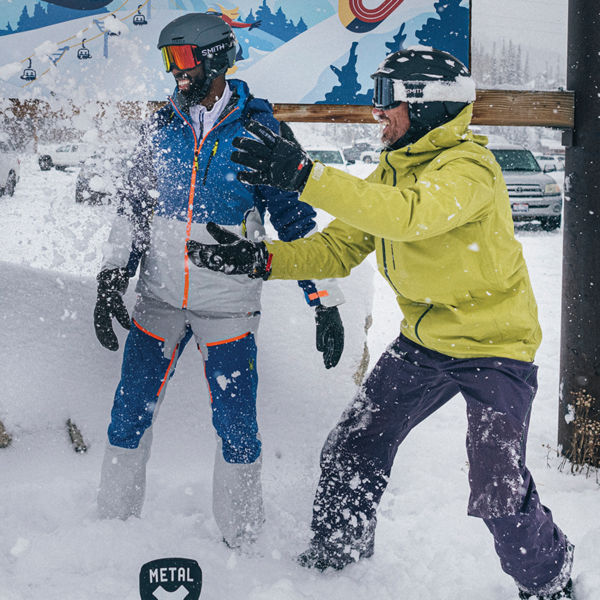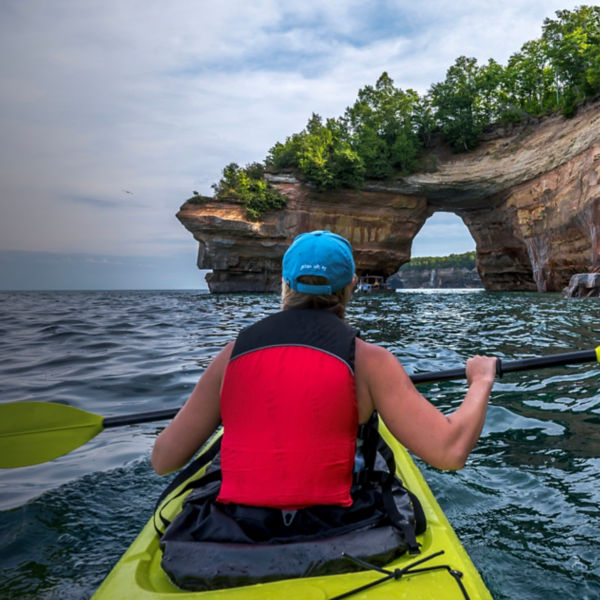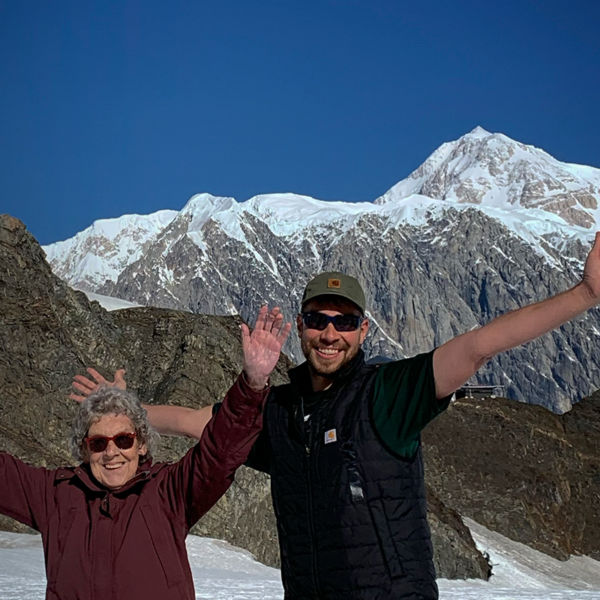
“Everything you need and nothing you don’t.” That maxim has long been embraced by backcountry travelers, and it’s just as valuable for adventure travelers. A smaller load means greater freedom wherever you go. And when traveling, you have access to restaurants and hotels, so you can pack less and still enjoy key comforts.
The goal: Pack everything you need into a single carry-on, no matter if your trip is one week or one month. If you can do that, not only will you be more nimble, you won’t have to worry about lost baggage interrupting a trip, plus you’ll save on luggage fees. And if you don’t need any specialized adventure gear (skis, climbing equipment, etc.), you’ll be able to move about the world with ease. (If you do have equipment needs, consider renting items at your destination, if possible.)
Here are a few pointers on how to travel light (and enjoy it in comfort).
Pick the Right Bag
The most important thing you can do to travel light: Start with a smaller bag. A big suitcase begs to be overpacked, but you can only fit so much into a 45L backpack. Starting small forces you to make smart decisions about what to bring and what to leave behind. Many international airlines limit carry-on weight to 15 to 22 pounds, which can be a helpful constraint (you don’t want to lug around much more than that on your back). Having everything in a single bag reduces the chance of losing additional items in transit; it eliminates extra fees and time waiting at baggage claim; plus it eases A-to-B movement, whether it’s squeezing onto crowded public transportation, cruising dirt roads, or even sneaking in a beach trip while killing time before hotel check-in.
Don’t burden yourself with having to make travel decisions for the sake of luggage. Challenge yourself to see how much smaller you can go. The same goes for a ski trip or an adventure vacation that requires extra gear: Can you get a wider ski bag with wheels and then pack everything else inside? Only having to maneuver one bag makes a huge difference when the alternative is carting around a ski bag, a boot bag, plus a duffel or suitcase filled with clothes.




























































